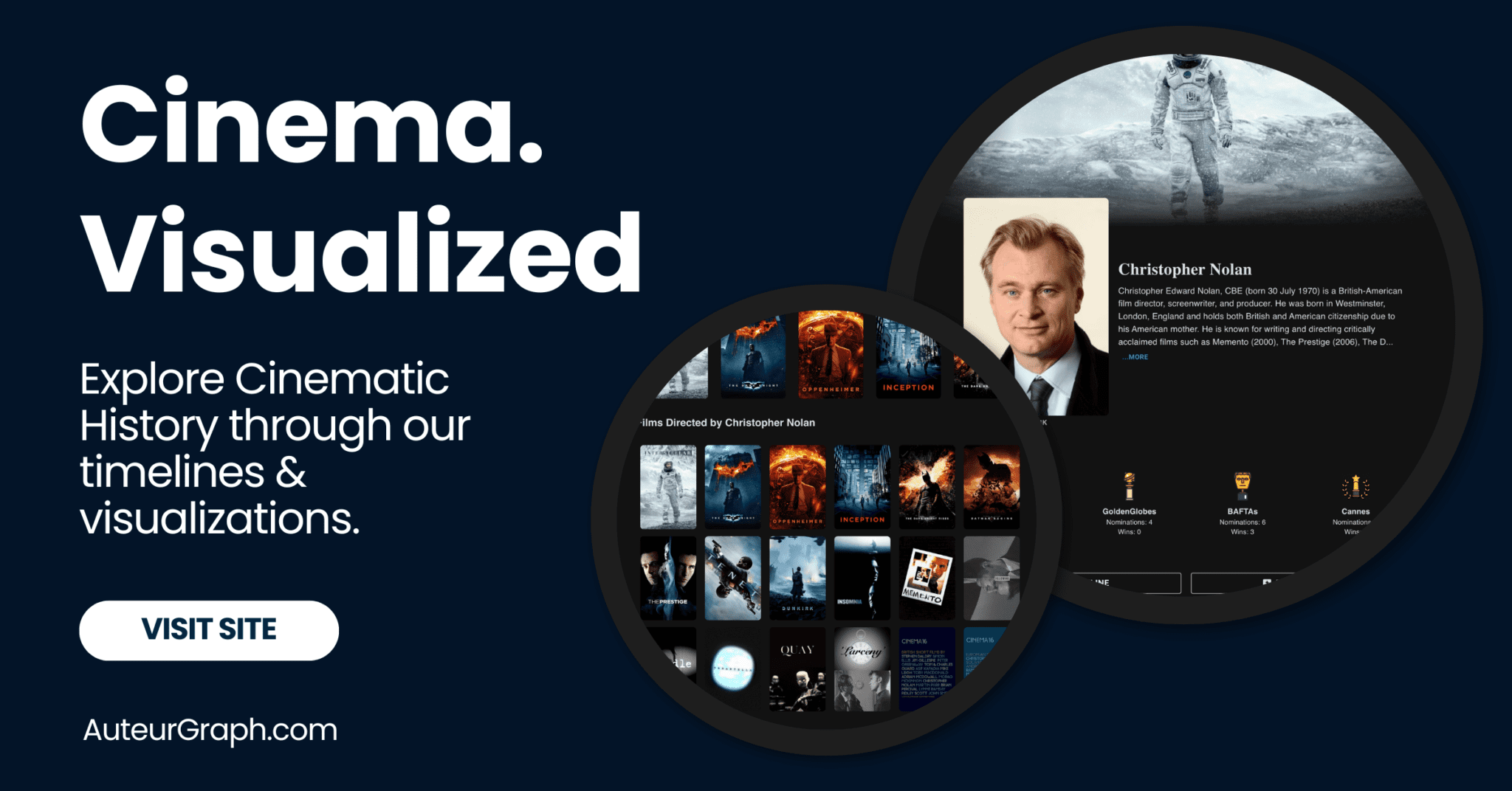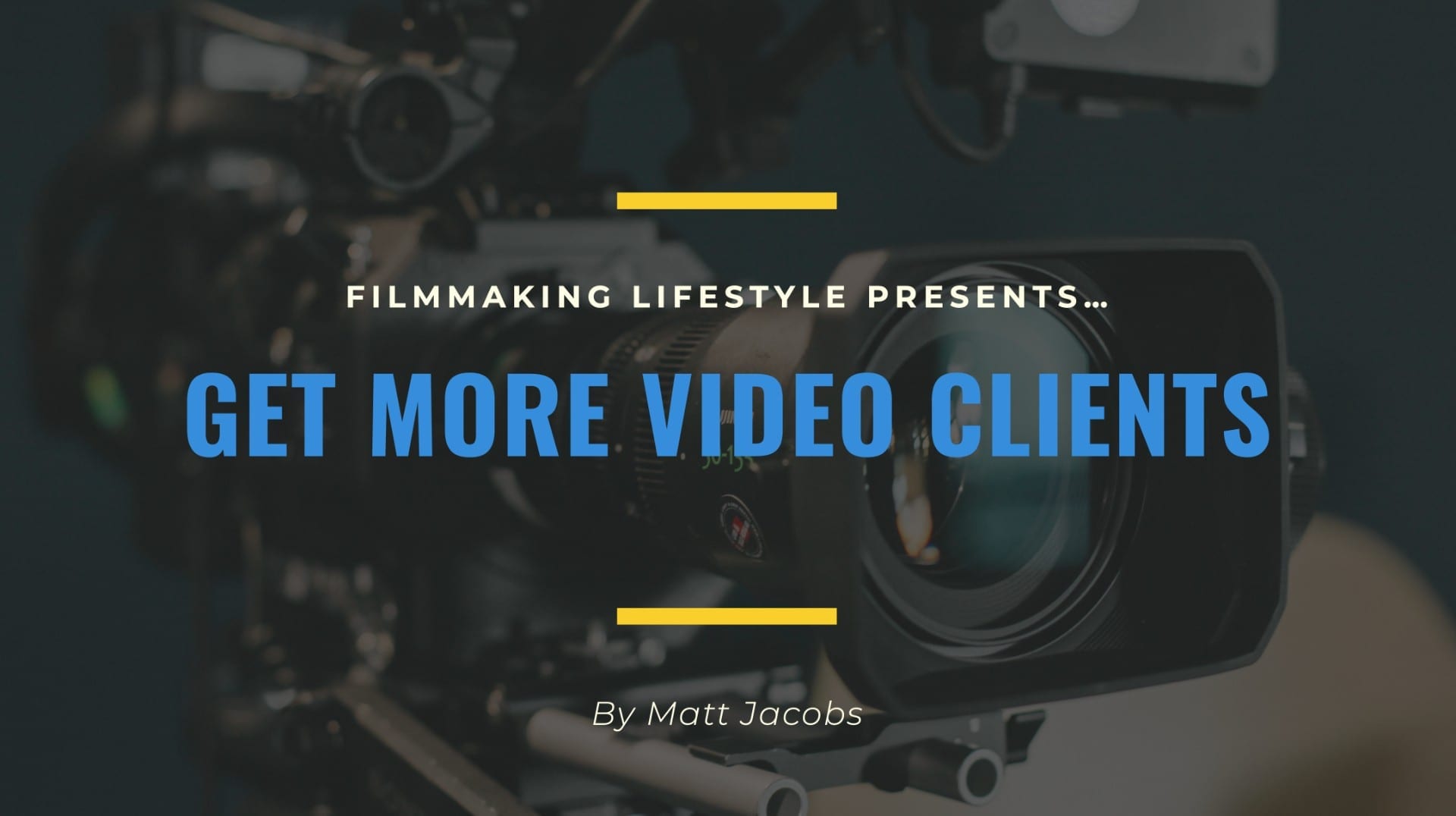A point of view (POV) shot is a type of camera angle that gives the viewer a sense of what someone in the scene would see.
The term POV comes from “point of view.” This perspective is typically achieved by positioning the camera at eye level with, or close to, one character’s head as they walk through their world.
Point-of-view shots are used extensively in film and video games because they give audiences a familiar perspective.
POINT OF VIEW SHOT
What Is a Point of View Shot?
A point of view shot is a camera angle that shows the scene from the perspective of one character.
Point of view shots can be used to establish the mood, show what characters are thinking or feeling, and create suspense.
Ever wondered what it’s like to see through a character’s eyes in a movie?
That’s exactly what a Point of View shot, or POV shot, accomplishes in film.
It’s a powerful tool that immerses us directly into the character’s experience, offering a unique perspective that can heighten emotions and connect us more deeply to the story.
We’ll unpack the nuances of POV shots, exploring how they’re crafted and why they’re such a staple in the filmmaker’s toolkit.
From horror flicks that send shivers down our spine to intimate dramas that let us gaze through the protagonist’s eyes, POV shots are a storytelling device that brings us closer to the cinematic action.
What Is A Point Of View Shot?
A point of view shot, or POV shot, is a filmmaking technique that allows audiences to see exactly what a character sees.
It’s akin to placing viewers directly into the shoes of the character, providing an immersive experience that’s both immediate and compelling.
By adopting this method, we get to experience the world from the character’s perspective.
The use of POV shots can turn a simple scene into a deeply personal and impactful moment, bridging the gap between storytelling and audience engagement.
On the technical side, these shots often require precise camera work and careful consideration during both shooting and editing.
They need to seamlessly blend with the film’s visual narrative to maintain continuity and believability.
Films Use POV shots strategically for various reasons – here are a few:
- To reveal a character’s immediate reactions and emotions,
- To showcase a particular event from a unique standpoint,
- To build tension and anticipation in genres like thrillers and horror.
To create a POV shot, filmmakers rely on several techniques and tools, such as:
- Body-mounted cameras for a dynamic and involved feel,
- Snorricam for a visceral and intimate portrayal of a character’s experience,
- Steadicam operation for smooth and stable footage, reflecting a more natural field of view.
The use of POV in films isn’t merely a stylistic choice.
It helps to build a strong connection between the narrative and the viewer, effectively turning passive observation into an active, experiential form of storytelling.
From Alfred Hitchcock’s North by Northwest to the innovative techniques seen in Hardcore Henry, POV shots continue to push the envelope of visual storytelling.
Our understanding of this tool not only enhances our appreciation for the craft but also informs our own filmmaking practices.
How Are Pov Shots Crafted?
Creating a POV shot involves a meticulous blend of camera work, actor coordination, and careful planning.
We attach the camera to the actor, use a body rig or helmet cam, or position it over the shoulder to mimic the character’s line of sight.
The camera angle is critical – it must align perfectly with the character’s perspective.
Operators often use a wide-angle lens to capture a field of view that feels natural to the audience.

Lighting plays a significant role in crafting a POV shot.
It needs to replicate the lighting conditions the character would realistically experience.
Adjustments may be made to ensure the environment doesn’t overpower the subject in the frame.
Audio cues are just as important as the visual elements.
We layer sounds that the character would hear, enhancing the experience for viewers and grounding the shot in the film’s reality.
The following details need careful consideration:
- Camera stabilization – to ensure smooth footage,
- Focus – keeping the main subject in clear view,
- Frame rate – to maintain a natural motion.
Editing is the final piece of the puzzle.
It’s here that the shot is refined, sometimes adding visual effects or subtle motion to further convince the audience that they are seeing through the character’s eyes.
Crafting a POV shot requires a unique synergy between technology and storytelling.
When done effectively, these shots can turn a simple moment into a deeply personal and impactful one.
As we continue to explore the nuances of POV shots, it’s evident that the possibilities and techniques are as varied as they are fascinating.
These shots are not just a technical exercise; they express a narrative in a way words alone cannot.
The Impact Of Pov Shots On Emotions
A POV shot invites the audience into the mind of a character, blurring the line between observer and participant.
The intimacy of this technique directly affects the viewer’s emotional engagement, tethering their reactions to every twist in the character’s journey.
Juxtaposing subjective camera angles with the character’s reactions, POV shots engineer a robust emotional landscape.
The Blair Witch Project showcases this powerfully, using POV to evoke feelings of dread and isolation amidst its haunting setting.
Disorientation and empathy often go hand-in-hand with POV shots.
In 127 Hours, audiences are not mere spectators but share the protagonist’s desperate plight as if trapped alongside him.
Technical subtleties serve to intensify these emotional effects:
- Camera movements – emulate the character’s physical experience,
- Focus pulls – reflect the character’s attention shifts,
- Sound design – reproduces the character’s auditory experience.
What’s visceral about POV is its capacity to transform narrative moments into emotional experiences.
It’s not just what the characters see; it’s how they feel that resonates with us, creating a shared emotional space.
Why Are Pov Shots A Staple In Filmmaking?
Point of View shots have become an indispensable element in cinema due to the unique advantages they offer in storytelling.
They provide an intimate perspective that fosters a deep connection between the audience and characters, a technique particularly powerful for subjective narration.
When we want to walk in a character’s shoes, it’s the POV shot that laces them up for us.
also, POV shots are vital for filmmakers who aim to craft visceral reactions from their viewers.
These shots make experiences on screen more immersive, encouraging viewers to feel as though they are part of the action.
Whether it’s the heart-pounding chase sequences of Mad Max: Fury Road or the unsettling corridors of The Shining, POV shots draw us directly into the thick of the narrative.
The utilitarian value of POV shots extends to their narrative flexibility.
They can subtly guide audiences through complex plots without the need for heavy exposition.
For instance, in mysteries or thrillers, glimpses through a character’s eyes can hint at clues without explicitly spelling them out.
Here are key reasons why POV shots are favored by filmmakers:
- They create emotional immediacy,
- They immerse viewers in the narrative,
- They serve as an effective storytelling vehicle,
- They direct audience focus with precision.

POV shots also work hand in hand with film’s auditory aspects to compound their impact.
A perfectly timed sound cue combined with a POV shot can elevate a simple moment into an unforgettable cinematic experience.
It’s this interplay of visual and auditory stimuli that allows POV to maintain its place as a crucial storytelling tool.
Examples Of Pov Shots In Different Film Genres
POV shots can be as versatile as the genres they inhabit.
Let’s jump into how different film categories Use this dynamic technique.
Horror – Crafting An Atmosphere Of Fear
In horror, POV shots serve as a conduit for terror.
Halloween utilizes Michael Myers’ perspective to unsettle viewers, while The Blair Witch Project leverages found footage-style POV to amplify realism and fear.
Action – Immersive Intensity
Action sequences come alive with POV.
Movies like Hardcore Henry engage the audience through a first-person perspective, making every punch and explosion feel like it’s happening to us.
Drama – Emotional Connection
Dramatic films often use POV shots to draw us closer to the characters.
In Manchester by the Sea, these shots intimately express the protagonist’s solitude and emotional state without needing dialogue.
Science Fiction – Exploring New Worlds
Sci-fi films employ POV shots to plunge us into uncharted territories.
Avatar uses this technique to explore Pandora, effectively making us a part of its alien landscape and culture.
Romance – Intimacy And Vulnerability
Romantic films sometimes use POV shots to express the characters’ intimacy.
In The Notebook, such moments allow us to experience the characters’ vulnerability and passion from the inside out.
POV shots are powerful tools that can elevate storytelling across all these genres.
They not only place us in the character’s shoes but also establish an immersive world that feels tangible and immediate, regardless of the genre.
What Is A Point Of View Shot In Film – Wrap Up
We’ve seen how POV shots are a filmmaker’s secret weapon for deepening emotional connections.
They’re not just a technique; they’re a bridge to the inner world of characters that can make a scene unforgettable.
Whether it’s the heart-pounding rush of an action sequence or the tender moments of a love story, POV shots bring us closer to the cinematic experience.
They transform viewers from mere spectators into active participants feeling every high and low right alongside the characters.
It’s clear that the power of POV shots lies in their ability to make us forget we’re watching a movie at all—we’re living it.
Frequently Asked Questions
What Are Point Of View (pov) Shots In Film?
POV shots are camera angles that show the perspective of a character, placing the audience in their shoes and often simulating what the character is seeing.
How Do Pov Shots Affect Emotional Engagement In Films?
POV shots enhance emotional engagement by creating a shared emotional experience between the character and the audience, making viewers feel like participants rather than just observers.
Can You Give An Example Of A Horror Film That Uses Pov Shots Effectively?
In the horror film “Halloween,” POV shots are used to create a sense of terror and realism, making the audience feel like they are part of the unfolding horror.
How Do Pov Shots Contribute To Action Films?
Action films like “Hardcore Henry” utilize POV shots to immerse the audience in the fast-paced and intense sequences, giving a first-hand experience of the action.
What Emotional States Can Pov Shots Express In Drama Films?
In drama films such as “Manchester by the Sea,” POV shots are employed to convey the protagonist’s solitude and complex emotional state to the audience.
Do Pov Shots Serve A Purpose In Science Fiction Films?
Yes, POV shots are used in science fiction films like “Avatar” to transport the audience to new and imaginative worlds, enhancing the sense of immersion.
How Do Pov Shots Impact The Experience Of Romance Films?
In romance films like “The Notebook,” POV shots allow the audience to feel the characters’ intimacy and vulnerability, making the romantic experience more profound.
Are Pov Shots Exclusive To Any Particular Film Genre?
No, POV shots are versatile tools that can be effectively used in storytelling across all film genres to increase immersion and emotional impact.






